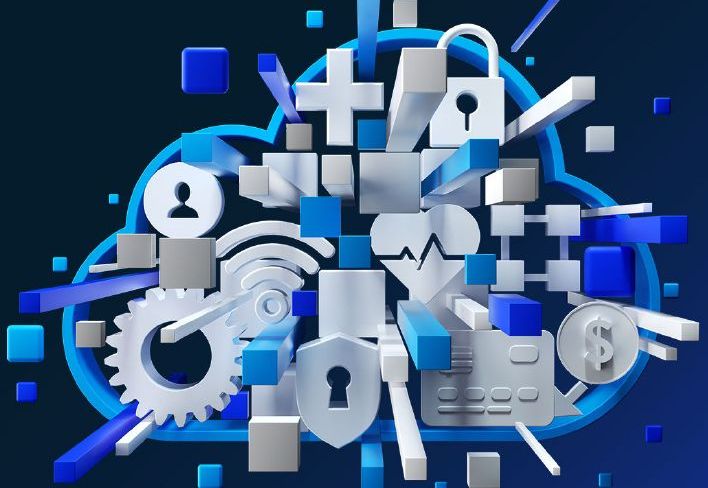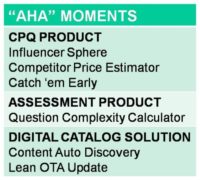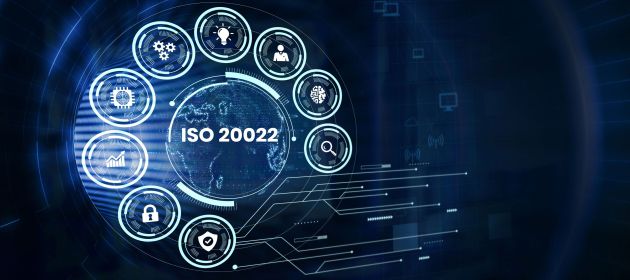Aspirational Feature is a 10X feature in a software that attracts a lot of users to switch products but is not used by most defectors after they make the switch.
A 10X feature can be found in a new product or a later version of the same product (collectively “Aspirational Product”).
We’ve covered the 10X principle in How To Make Your Product 10X Better.
In this post, we’ll talk about a few 10X features that undergird aspirational products e.g.:
- GMail 1GB Mailbox
- Expensify Bill Presentment
- eBill QR Code
#1. GMail 1GB Mailbox
There was a time when emails only had text, and Yahoo! Mail was the most popular webmail on the planet.
Then people started attaching JPG, PDF and other files to their emails. Mailboxes started bloating in size.
Yahoo! Mail announced a cap of 25MB per mailbox on its free version and launched paid plans that supported larger mailboxes.
Enter GMail.
Google offered 1GB free storage per GMail account.
This was a 10X feature.
Yahoo! Mail did not match it. I speculate that Yahoo! Mail used onprem computing, storage, etc. If so, the only way it could’ve gained parity with GMail’s storage capacity was to provision 1GB storage for each Yahoo! Mail user upfront (Note: This was before virtualization went mainstream). Obviously, that would cost a lot of money. Yahoo! took a pass, probably thinking very few users would need 1GB.
 Whereas Google probably used cloud infrastructure. Since not every Yahoo! Mail user with 25MB would rack up 1GB overnight on GMail, Google did not have to provision 1GB per user upfront and could add extra storage only as and when users started needing it, which was supported by the inherent nature of cloud architecture.
Whereas Google probably used cloud infrastructure. Since not every Yahoo! Mail user with 25MB would rack up 1GB overnight on GMail, Google did not have to provision 1GB per user upfront and could add extra storage only as and when users started needing it, which was supported by the inherent nature of cloud architecture.
In short, 1GB mailbox was a fixed and upfront cost for Yahoo! Mail whereas it was a deferred and variable cost for GMail.
Yahoo! was right in its assumption that very few users would need 1GB but, as we’ve seen several times in software, customers choose a software product not because they need its features but because they want / aspire to them. In a nod to that overarching trait of consumer behavior that “it’s better to have it and not need it than to need it and not have it”, a vast majority of Yahoo! Mail users were hooked on the 1GB free mailbox feature of GMail whether they needed it or not. Since they couldn’t get it on Yahoo! Mail for free, they switched to GMail in droves. Very few users used the full 1GB capacity – I still don’t! – so Google didn’t have to provision the additional storage space for years to come.
GMail was able to use this 10X feature to dethrone Yahoo! Mail from the top of the webmail league table and became a blockbuster hit as a result.
#2. Expensify Bill Presentment
Expensify added bill presentment to its expense management software. The new feature
- Added bill details automatically, thus obviating the need to enter them manually
- Ensured that no bills were missed out
- Automated the accounting of the bill
and became a 10X feature compared to competing products and its own previous version.
When it launched this feature, Expensify did not follow the standard cross-sell / upsell playbook of running a marketing campaign to spread awareness of the new feature among its existing customers and waiting for them to gradually adopt it over time. Instead, Expensify automatically enrolled all its customers to the new feature. This boosted the product’s value proposition and greatly increased retention and reduced churn.
Not all spend management users would onboard the bill presentment feature from Day One, so the company had a long runway to add the infra required to fully support the 10X feature.
#3. eBill QR Code
Our customer is a leading provider of eBilling and eStatment solutions to telecom, banking, insurance, utilities and other industries.
Apart from the basic details of consumer, amount and deadline, eBills generated by the software carried instructions on how to pay with credit card, debit card, bank transfer, ewallet and UPI.
 We recommended the addition of QR code to enable 1-tap payment of bills. The standard QR supports ewallet and UPI payments. While BharatQR supports QR-based card payments, it has failed to take off, so the QR code on most bills supports only ewallet and UPI.
We recommended the addition of QR code to enable 1-tap payment of bills. The standard QR supports ewallet and UPI payments. While BharatQR supports QR-based card payments, it has failed to take off, so the QR code on most bills supports only ewallet and UPI.
With the proliferation of digital payments via eWallets and UPI payment apps like Walmart PhonePe and Google Pay, QR codes became ubiquitous. This created a new wave of “QRcomaniacs” (pronounced quirkomanicas) who cannot resist the temptation of scanning each and every QR code they see. As a result, consumers found it convenient to scan the QR and make the payment as soon as they received their eBills instead of waiting until the last date to make payments via cheque or cash or NEFT or whatever. This helped them avoid late payment fees and costly reconnection charges when they missed the payment deadline.
For the biller, earlier collections meant reduced working capital costs.
Accordingly, QR code became a 10X feature. Our customer was able to leverage it to increase revenues from existing customers and improve win-rates of new bids by showcasing thought leadership via incorporating a blockbuster feature before customers asked for it.
Now, each QR would need a landing page. That meant coding work and hosting space. Not all customers switch to QR payments from Day One – or ever – since they may be using credit card or debit card for making payments and, as we noted above, the vanilla QR code on bills does not support those MOPs. Accordingly, it made no sense to pre-build landing pages for all consumers (who number in the hundreds of millions in the case of MNOs and tens of millions for BFSI companies). In the interest of optimizing development and devops costs, we spec’ced a tool that created landing pages on the fly only after a consumer scanned the QR on their eBill. This helped our customer to defer and variabilize the cost of implementing the aspirational feature.
The 1GB mailbox inGMail, bill presentment in Expensify and the QR code in eBill software were 10X better than the incumbent software. They drove massive switch from incumbent product / version to the new product / version. Yet they were used by a small minority of users after they made the switch.
Ergo they fit our definition of an aspirational feature / product.
Hyping up a 10X feature that very few users use in actual practice might seem like misselling.
But it’s not – provided the software enables users to use the 10X feature from Day One should they choose to.
In other words, there’s no misselling as long as the
- GMail user can access 1GB mailbox
- Expensify user can use the bill presentment feature, and
- eBill consumers can pay by scanning the QR code
on demand as soon as they switch to the aspirational product.
If you’ve read my post entitled Aspirational Selling Is Not Overselling, you might be wondering if aspirational selling and aspirational product are the same.
They’re not.
Aspirational Selling is about selling a product based on aspirational business outcomes.
Whereas an Aspirational Product is about the 10X aspirational feature.
As we’ve seen from the above examples, an aspirational feature can create a blockbuster hit by itself or at least take a product’s revenues and retention to the next level.
In the case of GMail, it also created a whole new line of business. According to Silicon Valley lore, Google parlayed GMail’s surplus capacity into Google Cloud Platform, which is now the third largest hyperscaler platform in the world.
I see a parallel with AWS. According to its backstory, the ecommerce pioneer had to install huge infrastructure to cater to holiday season shopping. Once the two month shopping frenzy ended, most of the infra was lying idle for the rest of the year. At first, Amazon used the spare infrastructure to host third party stores e.g. TARGET (Was a time when www.target.com went to the big box retailer’s eStore on the Amazon website). Then Amazon transformed its surplus computing and storage capacity to the world’s #1 hyperscaler platform, Amazon Web Services.



